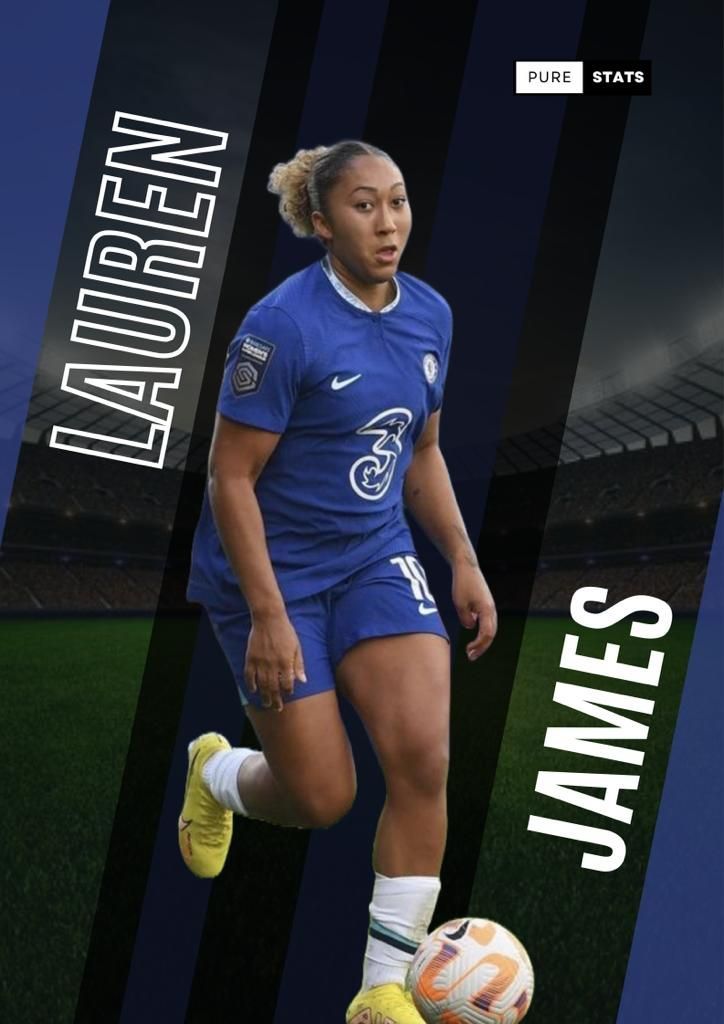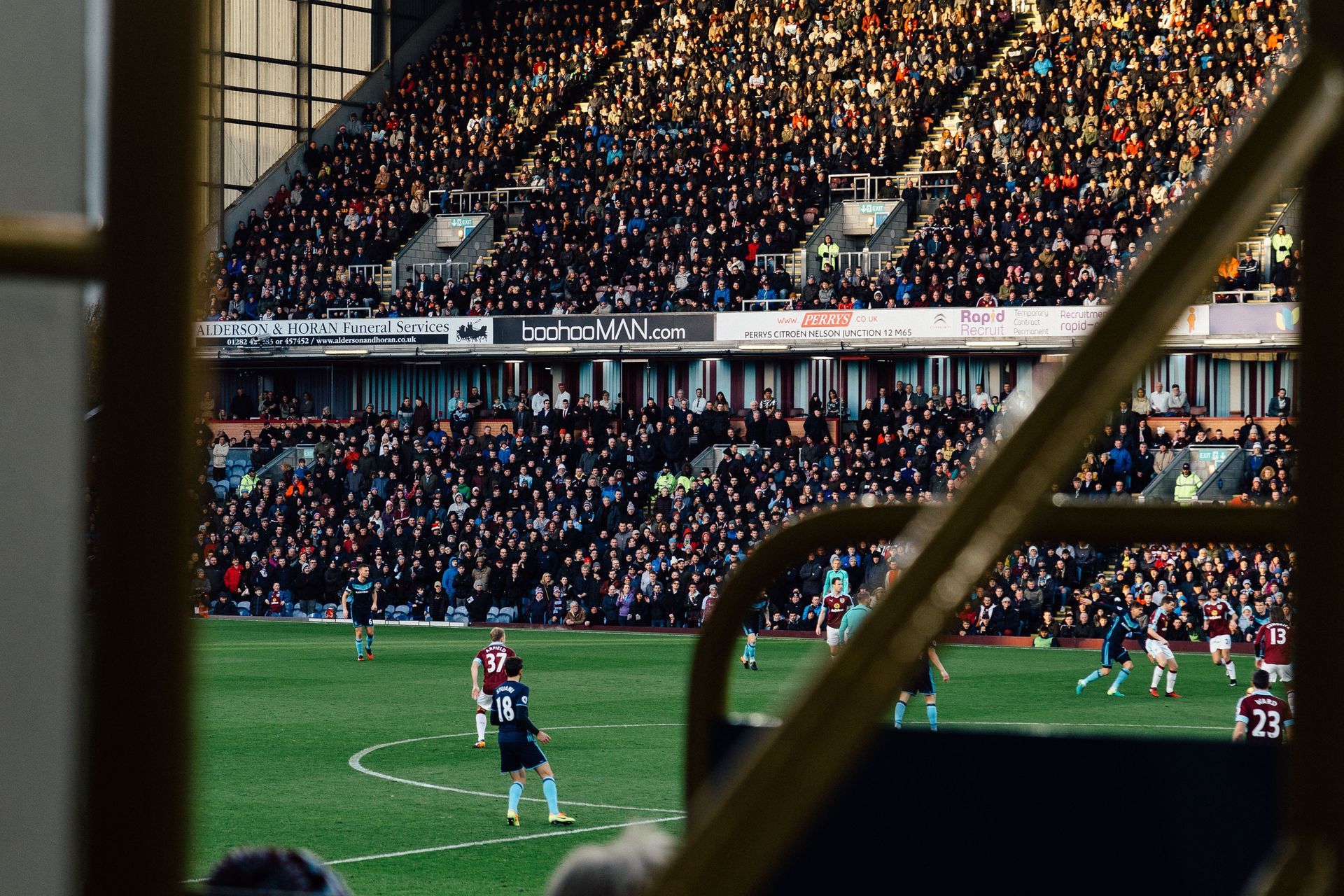Rasmus Højlund: Man United’s Answer To Erling Haaland?
Club: Atalanta B.C.
Nationality: Danish
Primary Position: Centre-forward
Secondary Position: N/A
Date of Birth: 04/02/2003 (20 y.o.)
Height: 6’3” (1.91m)
Foot: Left
With a transfer away from Atalanta looming over him, Rasmus Højlund has been linked to many of Europe’s top clubs, but Manchester United’s interest appears to be the most concrete. Let’s take a look at how the Dane plays and his suitability to the Reds.
Career so far:
Rasmus Winther Højlund made his senior debut for his hometown club FC Københaven in 2020, having been in the academy for 3 years prior.
He made his way into the team as a result of injuries to a few first team players. But, having impressed, he soon earned himself a new contract at the club. The Dane then went on to score 5 goals in only 232 minutes during Copenhagen’s Europa Conference League campaign. However, this was not enough to keep him at the club.
After the arrival of Jess Thorup, Højlund was sold to Sturm Graz in January of 2022 for only €1.8 million, to make way for more experienced forwards. This would prove to be a steal. After only 7 months in Austria, scoring 12 goals in 21 appearances, Atalanta would snap up the centre-forward for the price of €17 million. Despite making a summer move to Italy, Rasmus Højlund remained under the radar for a while and only truly began to burst onto the scene in Denmark’s Euro 2024 qualifiers, where he scored 5 goals in 2 games, catching the eyes of some of the world’s biggest clubs.
Style of play:
Højlund is one of the new breeds of striker that we are seeing today. Similar to the likes of Erling Haaland, Victor Osimhen and Benjamin Šeško, Højlund is tall, strong, and unbelievably fast.
However, despite already being labelled as ‘the new Haaland’, Rasmus Højlund is very different to the Man City striker. When he made the move from his boyhood club to the Austrian Bundesliga, Højlund found himself fitting into a system which best suited his skillset: fast-paced football. Højlund thrives in fast-paced matches, using his speed and strength to drive his team up the pitch and finding space to exploit in the box.
Despite his tall frame and build, Højlund doesn’t like to receive the ball with his back to goal against one of the opposition’s defenders.
Instead, he prefers to find space to drop into to link play.


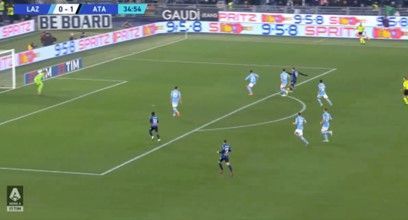
Højlund drops deep to pick up the ball and link play, eventually getting a shot off
This can be shown by his 11 progressive passes received per 90, ranking him in the top 1% of forwards in Europe’s top 5 leagues and European competitions this season. When he does get the ball, the Dane prefers to drive his team forward through dribbling, as opposed to passing. He is able to use his strength and speed to get past players and will always look to drive his team forward, even if there is an easy pass backwards.
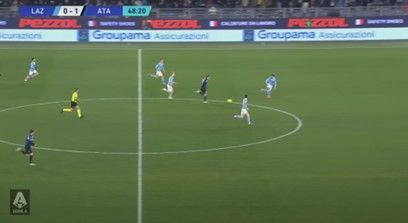

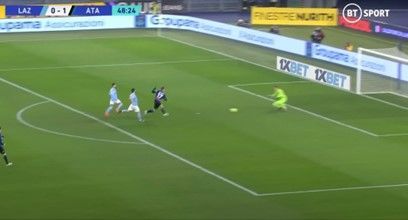
Højlund using his strength and pace to burst through 2 defenders and towards goal
When taking on his man, the La Dea number 9 likes to push it past his opponent and use his outstanding strength and speed to breeze round them, in a similar vein to Adama Traoré.
Not only does Højlund possess the ability to drive his team forward with his dribbling, he also knows when to make runs in behind the defence and enjoys running from deep into the channels for a longer passing option. These runs are very well-timed too, only being caught offside less than once every 3 games, ranking him in the 89th percentile. Højlund’s ability to drag his team up the pitch with runs on and off the ball can be shown by his progression stats. Højlund stands in the 93rd percentile of forwards for carries into the penalty area, the 92nd percentile for take-ons attempted, and the 83rd percentile for take-ons completed.
Transfer suitability:
At Atalanta, Højlund plays in a 3-4-1-2 formation alongside Ademola Lookman as the other forward. In possession, the Dane plays more to the right-hand side, closer to the opposition’s left centre-back and left-back, whilst Lookman maintains shape in more of a central 9 role. Højlund enjoys playing on the shoulder of the left centre-back, often looking to make blind-side runs in behind, dragging the defender with him and leaving lots of space in the centre for his English counterpart
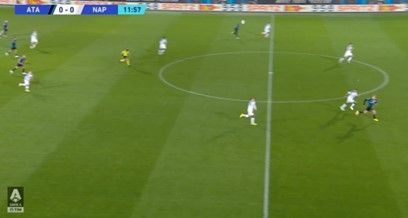
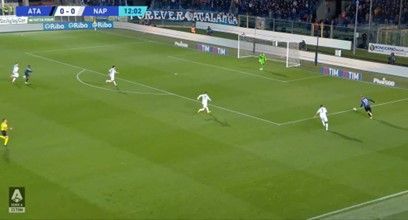
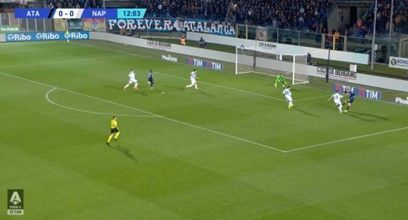
Højlund running into the channels between the centre-back and left-back
Højlund works best in a 2-man attack; if Erik Ten Hag can find a way to pair Højlund next to Marcus Rashford, it could be a match made in heaven. With the striker’s runs into the wide channel, Rashford could see himself in more space than this season and potentially score even more goals. It is very possible that Ten Hag’s 4-2-3-1 can become a 3-4-1-2 in possession, with Rashford tucking inside and Luke Shaw pushing forward from left-back. Højlund could become a very useful outlet when Man United are being pressed high, and with the recent acquisition of André Onana in goal, it would not be a surprise to us if the goalkeeper is able to pull off penetrating passes into the channel for the centre-forward.
This season we have seen Ten Hag opt against his preferred possession-based attacking football in favour of a more counter-attacking style, predominantly against bigger teams who have more possession. Højlund is a huge threat on the counter-attack and this is what his skillset suits best. In this case, if this brand of football is something which Ten Hag continues to carry out, Rasmus Højlund could be the perfect signing, especially for the big games. However, in the future, it is almost inevitable that Ten Hag will revert back to his philosophy of possession-based football. If Højlund is to be the Dutchman’s main man up top in this system, it is important that he is allowed the time to transition from the style he is used to playing, unlike other Man United signings from recent years.
Conclusion:
Rasmus Højlund is a rather unique player; it is rare you see a centre-forward of his stature who likes to dribble. However, it can prove to be a very useful skill set in the future. At this moment in time, the Dane is still very raw and has only made 87 senior club appearances, so it is vital that he is given time. It is also important that Højlund finds a team that plays to his strengths and Manchester United could be just that. In the face of all the hype surrounding him at the moment, his development must be managed well, and we feel that Manchester United should look to bring him in, as well as a more experienced centre-forward who he can develop behind for a few years before becoming the main man later down the line.
Rasmus Højlund is not ‘the new Erling Haaland’ as he is not yet the finished article and the Dane still lacks experience at the top fight, but if Ten Hag and his staff give him time and develop him well, he is sure to become a key figure at Old Trafford for years to come.

